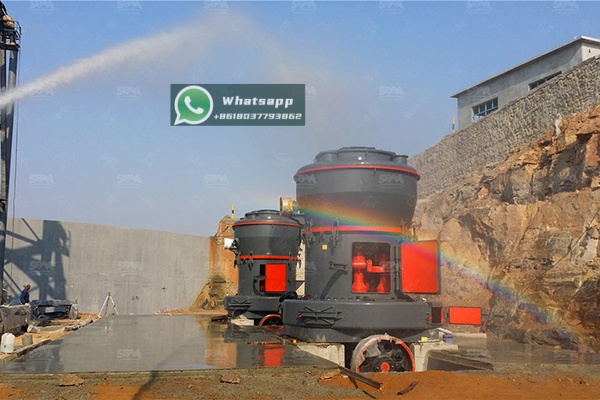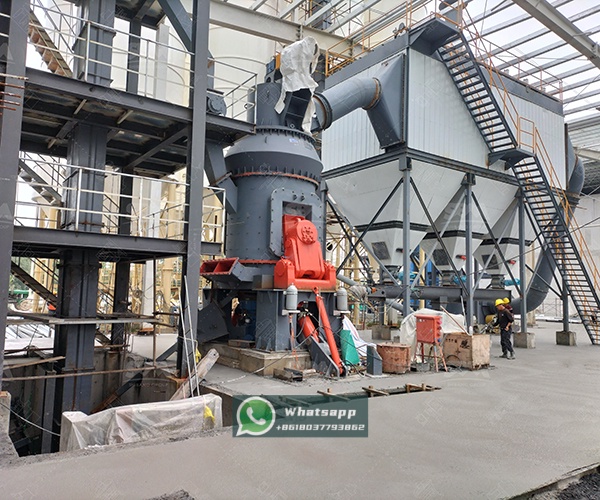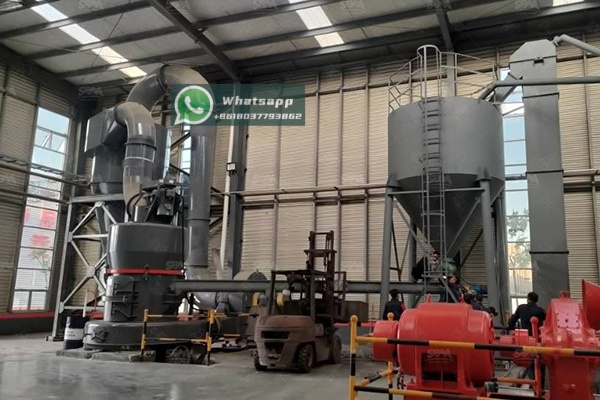In today’s competitive industrial landscape, optimizing grinding operations is no longer just an operational concern—it’s a strategic imperative. The return on investment (ROI) from your grinding processes directly impacts your bottom line, product quality, and market competitiveness. Achieving maximum ROI requires a holistic approach that considers equipment efficiency, energy consumption, maintenance costs, and final product quality.
Several key factors determine the overall profitability of your grinding operations. Understanding these elements is the first step toward optimization:
Energy Efficiency: Grinding operations typically consume significant amounts of energy, often representing the largest operational cost. Modern grinding equipment with advanced power management systems can reduce energy consumption by up to 40% compared to conventional mills.
Throughput Capacity: Higher processing capacity directly translates to increased production output and revenue. However, this must be balanced with product quality requirements and equipment limitations.
Maintenance and Downtime: Unplanned maintenance and excessive downtime can cripple profitability. Equipment reliability and ease of maintenance are crucial considerations.
Product Quality and Consistency: Consistent particle size distribution and product purity command premium prices in the market and reduce reprocessing costs.
Operational Flexibility: The ability to process various materials and adjust output specifications according to market demands provides significant competitive advantages.

The evolution of grinding technology has introduced solutions that address the core challenges facing modern operations. Among these innovations, vertical grinding mills represent a significant leap forward in efficiency and operational economics.
Shanghai Zenith Machinery’s LM Vertical Grinding Mill integrates five critical functions—crushing, grinding, powder selection, drying, and material conveying—into a single, compact unit. This integration eliminates multiple transfer points, reduces energy losses, and minimizes the overall footprint of your grinding operation.
The vertical design offers several distinct advantages for ROI optimization:
| Model | Plate Diameter (mm) | Capacity (t/h) | Output Fineness (μm) | Max Feed Size (mm) | Main Motor (kW) |
|---|---|---|---|---|---|
| LM130K | 1300 | 10-28 | 170-40 | <38 | 200 |
| LM190K | 1900 | 23-68 | 170-40 | <45 | 500 |
| LM280K | 2800 | 50-170 | 170-45 | <50 | 1250 |
The LM series demonstrates exceptional versatility across various applications, including mineral processing, coal grinding, and slag treatment. The ability to handle diverse materials with consistent performance makes it an ideal choice for operations requiring flexibility in raw material sourcing.

For operations targeting high-value markets requiring ultrafine powders, Shanghai Zenith Machinery’s LUM Ultrafine Vertical Mill offers unparalleled performance. This advanced mill integrates grinding, drying, classifying, and transportation functions while occupying minimal space.
The LUM series is particularly valuable for operations where:
| Model | Main Machine Power (kW) | Capacity (t/h) | Size Distribution D97 (μm) |
|---|---|---|---|
| LUM1525 | 220-250 | 1.6-11.5 | 5-30 |
| LUM1632 | 280-315 | 2.0-13.5 | 5-30 |
| LUM1836 | 355-400 | 2.3-15 | 5-30 |
Selecting the right equipment is only part of the ROI equation. Proper implementation and operational practices are equally important:
Comprehensive Process Analysis: Before equipment selection, conduct a thorough analysis of your specific grinding requirements, including feed material characteristics, desired output specifications, and production volume targets.
Lifecycle Cost Assessment: Look beyond initial purchase price to consider total cost of ownership, including energy consumption, maintenance requirements, spare parts availability, and expected service life.
Operator Training: Well-trained operators can significantly impact equipment performance and longevity. Invest in comprehensive training programs to ensure your team can maximize the capabilities of advanced grinding systems.
Preventive Maintenance Programs: Implement structured maintenance schedules based on equipment manufacturer recommendations and operational data analysis to prevent unexpected downtime.

Establishing key performance indicators (KPIs) is essential for tracking the success of your grinding optimization efforts. Critical metrics include:
Regular monitoring of these metrics enables data-driven decision making and continuous improvement of your grinding operations.
Maximizing ROI in grinding operations requires a strategic approach that combines advanced equipment technology with optimized operational practices. Shanghai Zenith Machinery’s grinding solutions, particularly the LM Vertical Grinding Mill and LUM Ultrafine Vertical Mill, provide the technological foundation for achieving superior economic performance.
By focusing on energy efficiency, operational reliability, and product quality consistency, operations can significantly enhance their profitability while maintaining competitive positioning in increasingly demanding markets. The investment in modern grinding technology typically delivers returns that far exceed traditional equipment, making it a strategic imperative for forward-thinking operations.
As grinding technology continues to evolve, staying informed about the latest developments and maintaining equipment that aligns with both current and future production requirements will ensure sustained operational excellence and maximum return on investment.